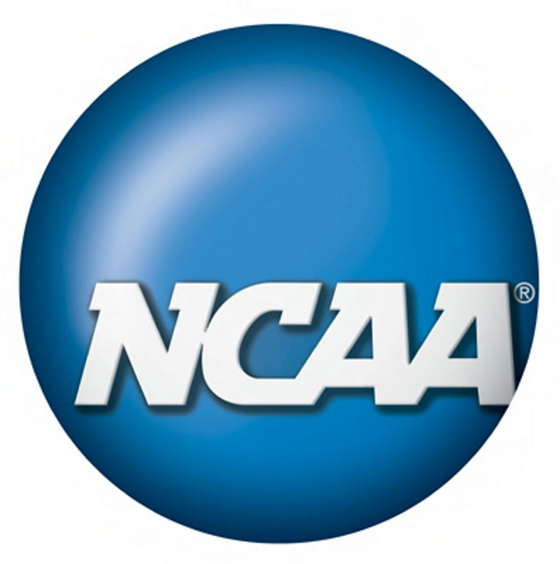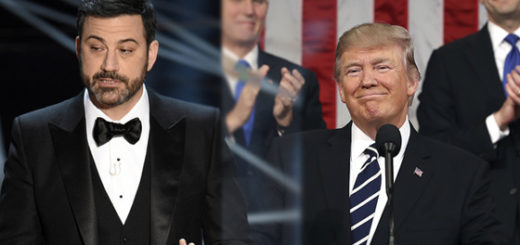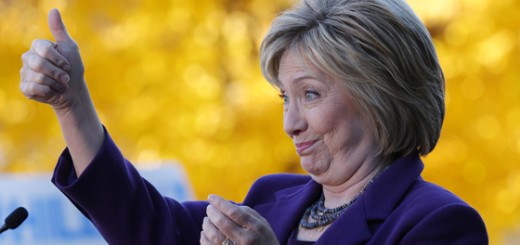Johnny Football: The tip of the iceberg.
If Tyler-native and Heisman Trophy-winning Texas A&M quarterback Johnny Manziel sold his autograph for money, he did so in the full knowledge that he was breaking the rules and if he is punished by the NCAA, he will have only himself to blame.
But having said that, let’s consider the situation from the point of view of the Johnny Manziels of the world.
The Texas A&M athletic department had revenues last season in excess of $113 million — little of which came from girl’s volleyball. The president of Texas A&M made about $375,000 last year for his efforts attendant to running the university. Aggie head coach Kevin Sumlin made $2 million to run the football team.
The not-for-profit NCAA had revenues last year of over $800 million.
Division 1 NCAA football programs such as A&M’s form the de facto farm system of the National Football League, a $9 billion per year industry.
Put simply, everybody is making money off of Johnny Manziel except Johnny Manziel.
But athletes get a college education you say. Well, yes and no. The course catalog for athletes, particularly football players, is very frequently not the same as for the general student population. The goal of course selection for football players is to keep them academically eligible. It’s not about education. At many schools, varsity athletes are very heavily encouraged (read: compelled) to enroll in the classes recommended by the academic advisers that are employed by the athletic department. Those academic advisers have two marching orders. One, make sure the athletes retain their academic eligibility and two, make sure the athletes don’t get bogged down in activities that could interfere with practice, conditioning and team meetings — activities such as attending class, going to labs, writing papers or doing term projects.
A significant number of freshmen recruits choose their colleges based on their perceptions as to how one school versus another will impact their chances of being drafted into the NFL. The prospect of playing in the NFL informs the decisions of highly-recruited high school seniors every year. But the simple truth is that the vast majority of college players will never play a down of NFL football. If they choose college based on the hope of a shot at the NFL, that choice is unlikely to be rewarded.
The scandalous fact is that assuming that a Division 1 football player graduates college, (and most don’t) and given the current climate for college grads, that player, having helped generate millions for his school, will likely be essentially unemployable at the end of his playing eligibility.
At some level, college football players know this and they act accordingly. They get while the gettin’s good. When some of that gettin’ inevitably becomes public knowledge, the NCAA descends in all of its righteous hypocrisy.
If the allegations against Manziel prove to be true he knew better so I don’t feel sorry for him.
But still, save the outrage.
Actions like Manziel’s are but the tiniest, tiniest little tip of the fantastically corrupt iceberg that is college football.









I am documenting the date of AUGUST 6, 2013 – for it is the first time Paul Gleiser and I agree on something! :)